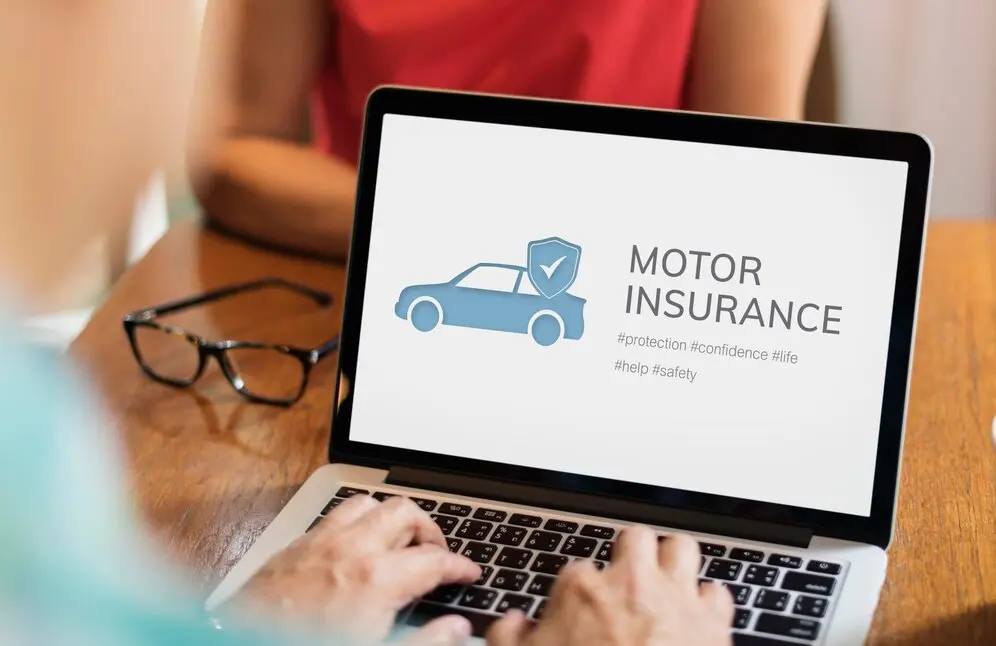Commercial vehicle insurance is an essential safeguard for businesses that rely on transportation, protecting assets against unforeseen risks on the road. However, insurance premiums can significantly impact your operating costs.
Fortunately, there are practical strategies for managing and reducing these expenses without compromising on coverage. With the right approach, business owners can make informed decisions that lead to long-term savings on their commercial vehicle insurance.
Factors Affecting Commercial Vehicle Insurance Premiums
Understanding what influences your commercial vehicle insurance premium can help you make strategic decisions that keep costs in check. Here are the key factors insurers consider:
- Geographical Location: Vehicles operating in high-risk or accident-prone areas may attract higher premiums due to increased chances of damage or theft.
- Type of Vehicle: The make, model, age, and purpose of the vehicle play a significant role in determining the premium. For instance, truck insurance premiums may be higher for larger commercial trucks due to increased risk and repair costs.
- Vehicle Engine Size: Higher engine capacity typically indicates greater risk and repair costs, which can lead to increased premiums.
- Type of Insurance Plan: Comprehensive plans cover a wider range of risks than third-party insurance and, therefore, come at a higher cost.
- Add-ons: While add-ons like roadside assistance or zero depreciation enhance coverage, they also add to the overall premium.
- Driver’s History: A clean driving record with no claims or traffic violations can lower your insurance premium, while a history of accidents or fines may raise it.
- Usage: The risk assessment and premium are affected by how frequently and for what purpose the vehicle is used—such as long-distance travel, urban deliveries, or hazardous goods transport.
- Deductibles: The voluntary deductible you choose (the amount you agree to pay before the insurer steps in) can directly impact the premium. Higher deductibles usually result in lower premiums.
How to Reduce Commercial Vehicle Insurance Premiums?
Reducing your commercial vehicle insurance premium doesn’t always mean cutting down on essential coverage. Smart decisions and proactive measures can go a long way in helping you save money while staying adequately protected.
Compare Policies Online
Before settling on a policy, explore options from different insurers through online comparison portals. These platforms help you understand the pricing, features, and benefits of various plans, enabling you to make an informed decision and avoid overpaying for similar coverage.
Choose the Right Coverage
Opt for coverage that aligns with your business needs. Over-insuring results in higher premiums, while under-insuring exposes you to financial risk. Understand your risk profile and the nature of your operations, and choose a plan that balances cost and protection.
Install Anti-Theft Devices
Fitting your vehicle with approved anti-theft devices- such as GPS trackers, alarms, and immobilisers- can reduce the risk. Insurance providers often offer premium discounts for such security measures as they lower the insurer’s risk exposure.
Opt for Higher Voluntary Deductibles
Deductibles are the portion of the claim you agree to pay from your pocket. By opting for a higher voluntary deductible, you signal a lower risk to the insurer, which can lead to significant reductions in your premium amount.
Don’t Claim Small Damages
Filing claims for minor repairs can result in the loss of the No Claim Bonus (NCB), a discount on your premium for claim-free years. If the repair cost is low, paying out of pocket and preserving your NCB for future premium savings may be more cost-effective.
Choose Add-Ons Wisely
Add-on covers such as roadside assistance or engine protection can enhance your policy, but they come at an additional cost. Assess your requirements carefully and avoid loading your policy with unnecessary add-ons that will inflate the premium.
Renew on Time
Timely renewal is essential to avoid lapses in coverage. A break in the policy can result in loss of NCB benefits and may lead to a higher premium during reinstatement. Set alerts or opt for auto-renewal features to ensure continuous protection.
Ensure a Good Driving Record
Insurers consider drivers with clean traffic records and minimal accident history low-risk. Employing responsible drivers improves safety and reflects positively during policy underwriting, helping you negotiate better premiums.
Keep Up with Vehicle Maintenance
Regular servicing and maintenance can prevent mechanical failures and reduce the chance of breakdown-related claims. A well-maintained vehicle also passes inspections more easily, which can work in your favour when negotiating premiums or renewing the policy.
Bundle Insurance Policies
If you have a fleet of commercial vehicles or other insurance requirements, such as business premises or liability coverage, consider bundling them under one insurer. Insurers often offer attractive discounts on bundled or multi-policy purchases.
Check for Discounts on Full Payments
Some insurance providers offer incentives for paying the annual premium in one lump sum instead of installments. If your cash flow permits, making a full payment can reduce administrative charges and qualify you for such discounts.
Managing commercial vehicle insurance premiums effectively involves making informed choices that align with your business needs. By implementing practical cost-saving strategies, you can strike the right balance between comprehensive coverage and affordability.
Whether you maintain your vehicle, improve driver behaviour, or wisely select add-ons, each step contributes to lowering your insurance burden. Over time, these efforts can lead to meaningful savings, improved operational efficiency, and better asset protection.




